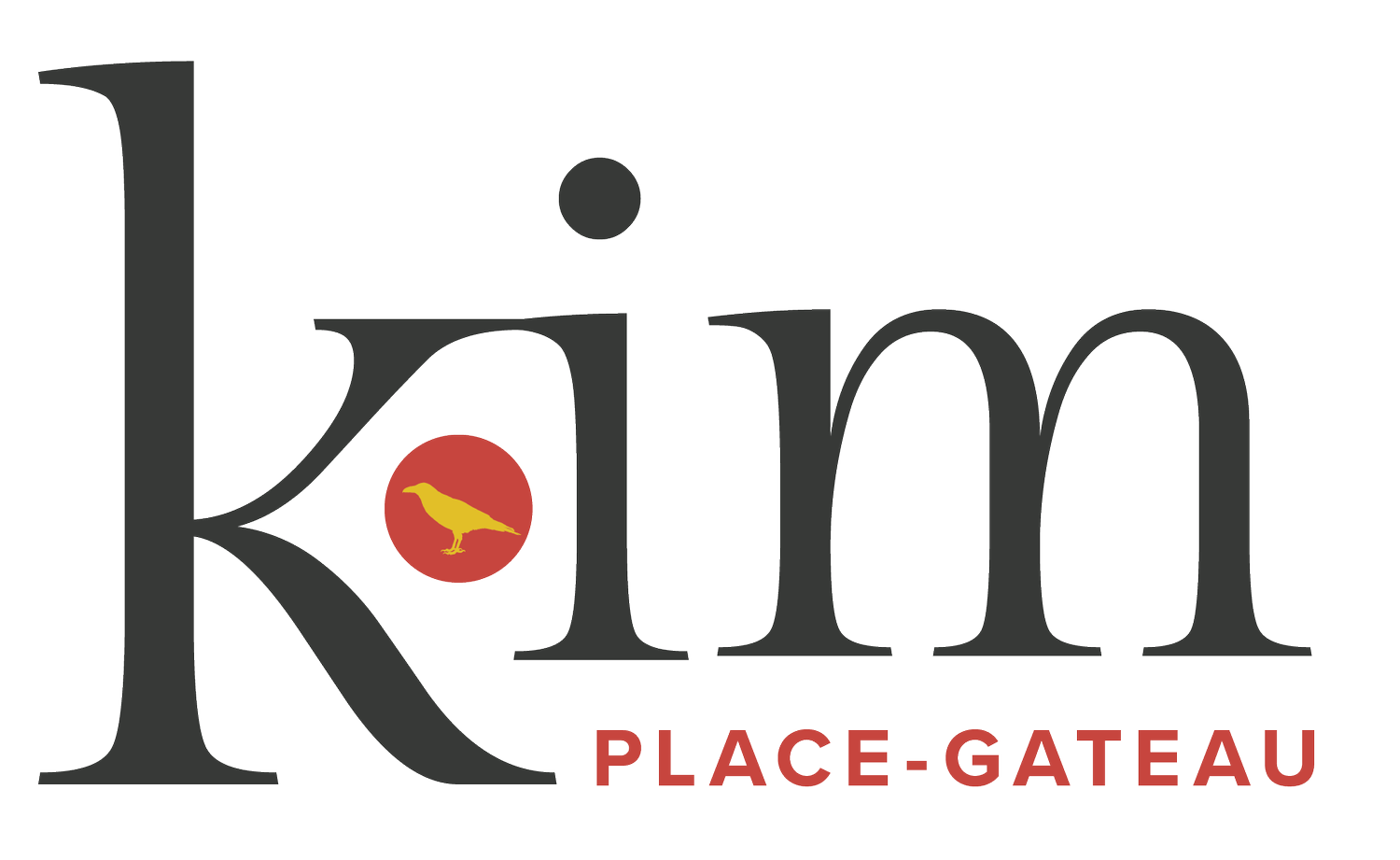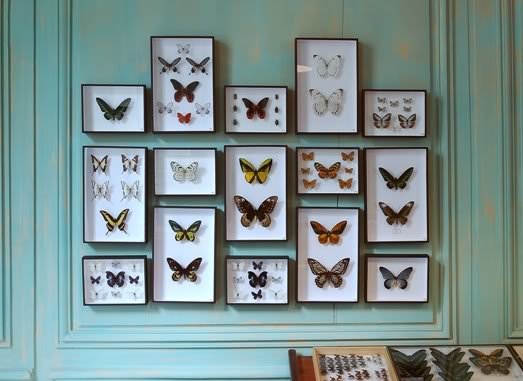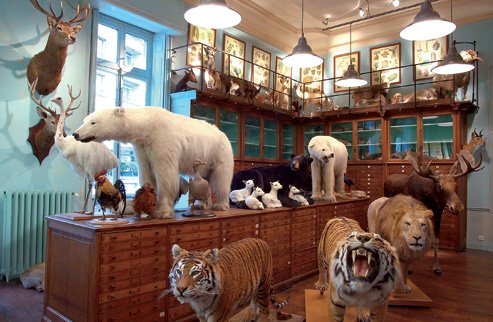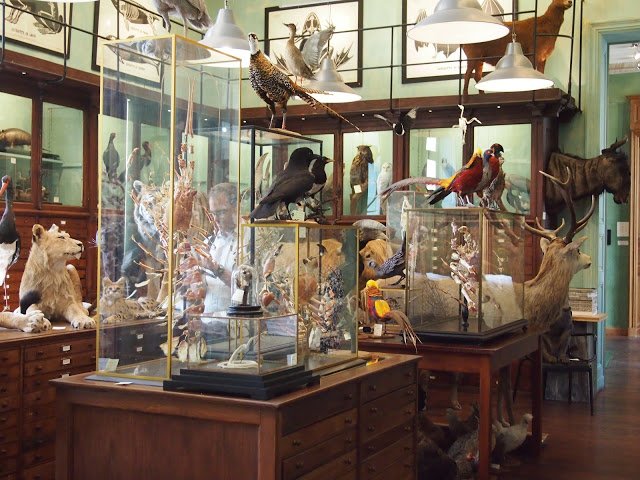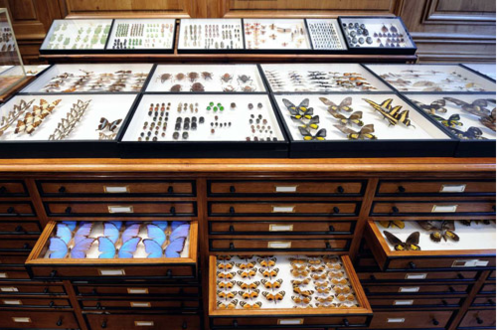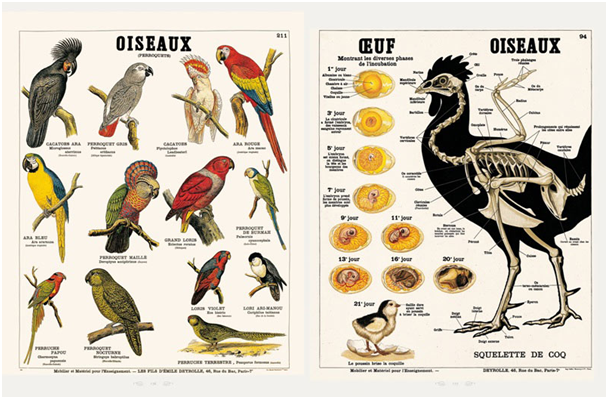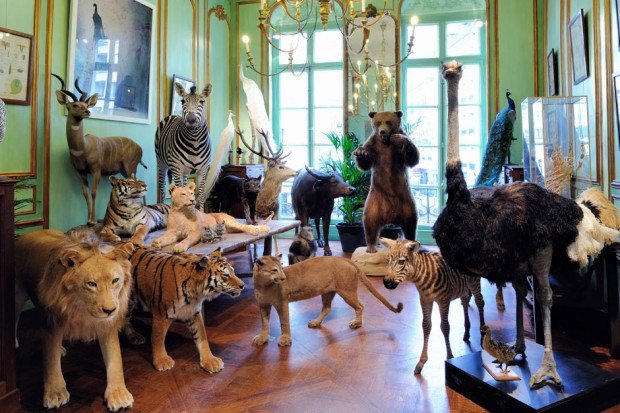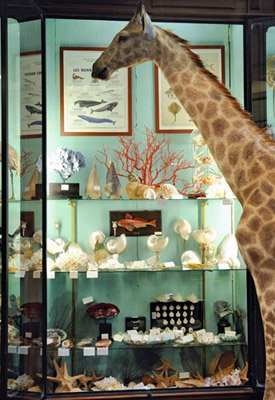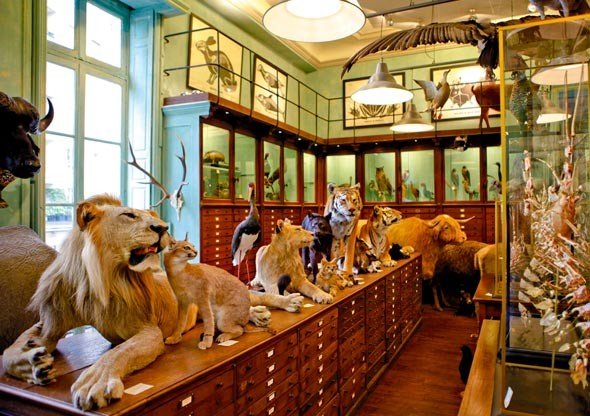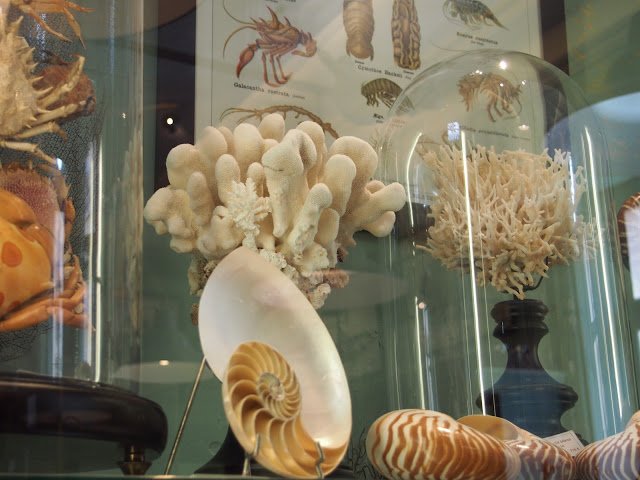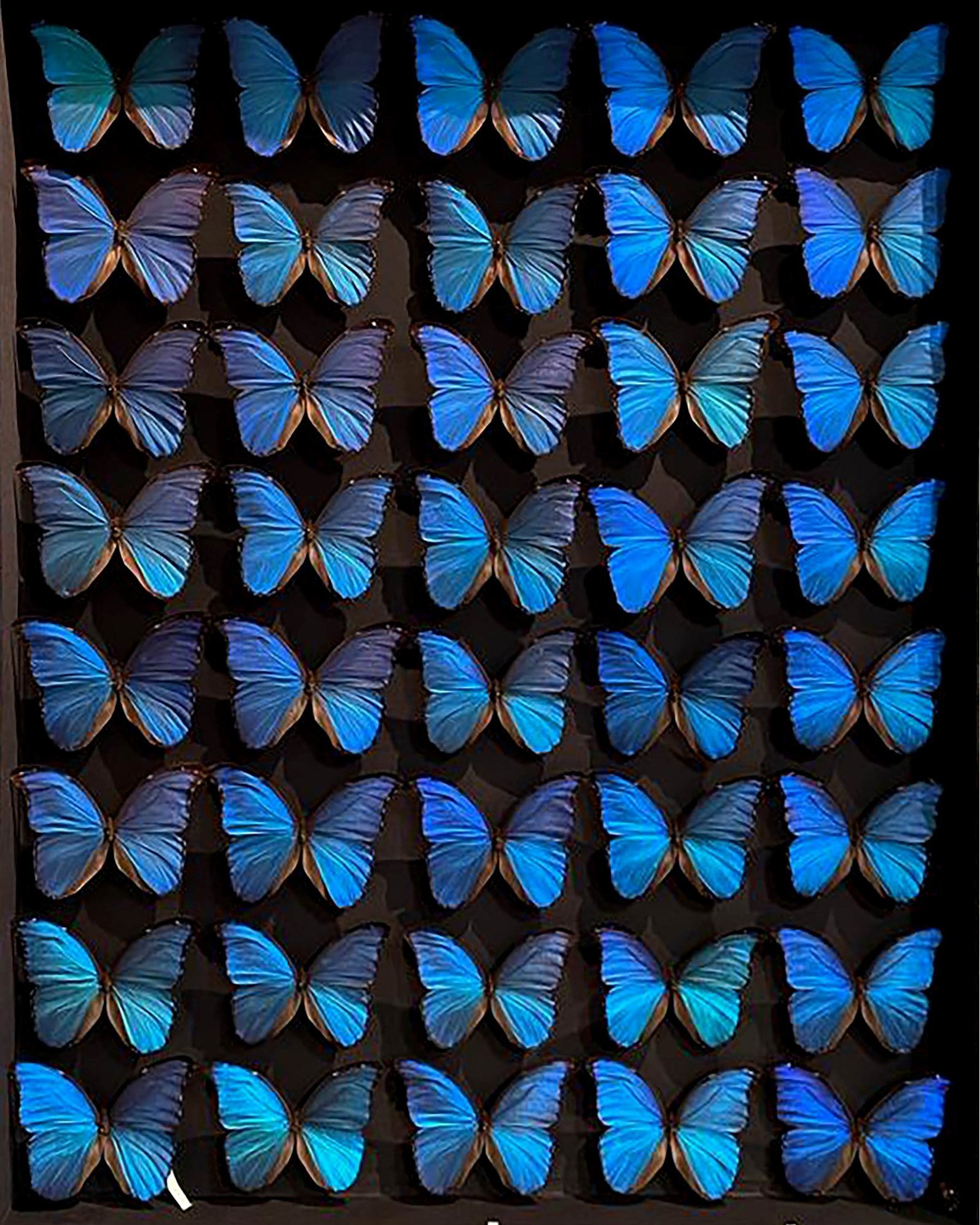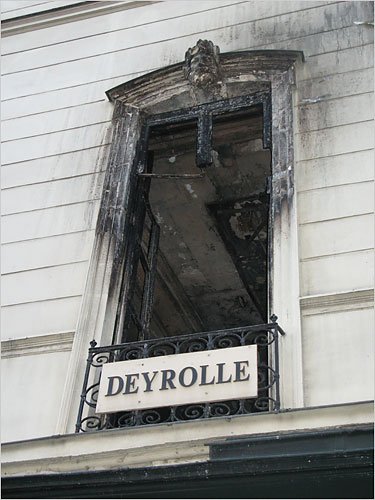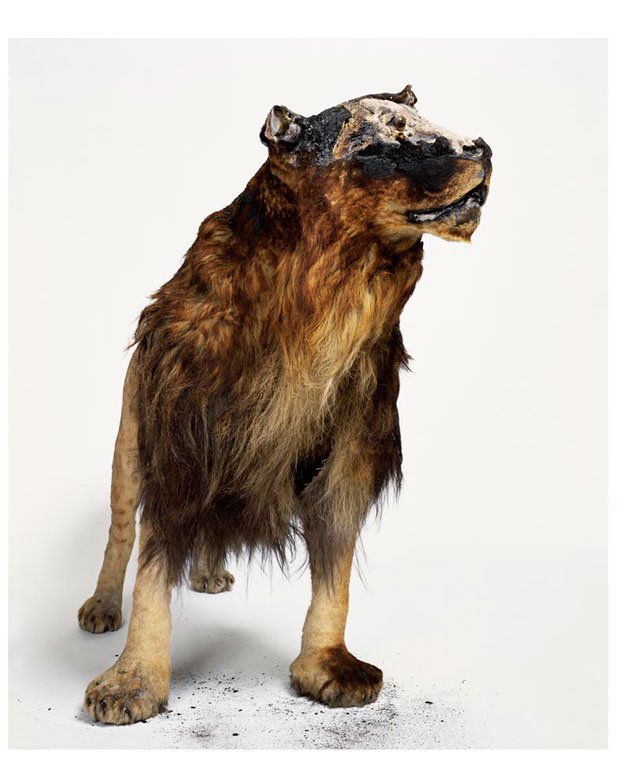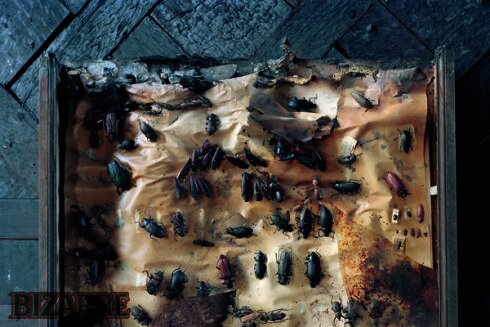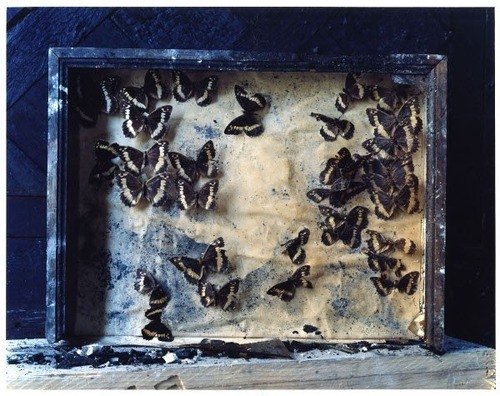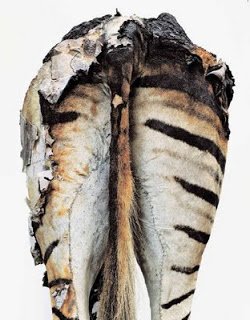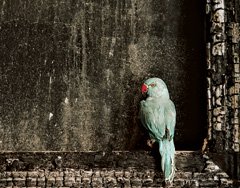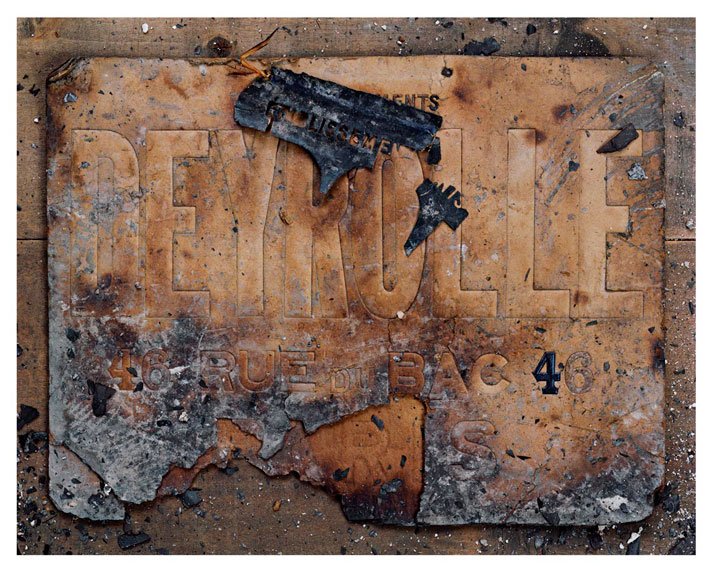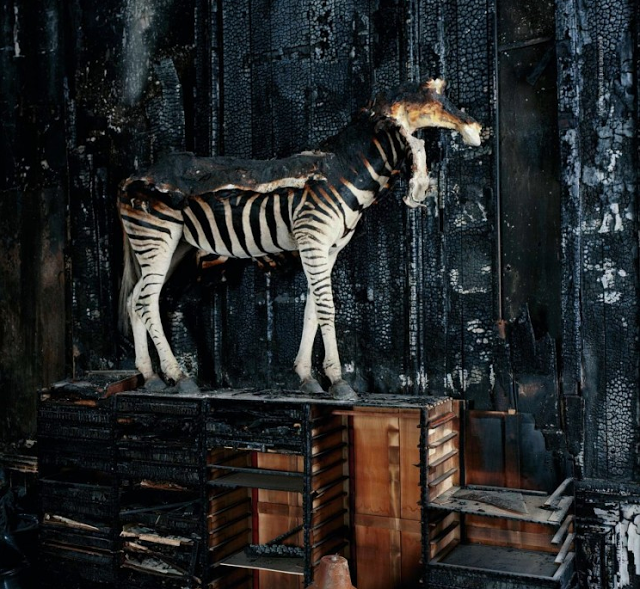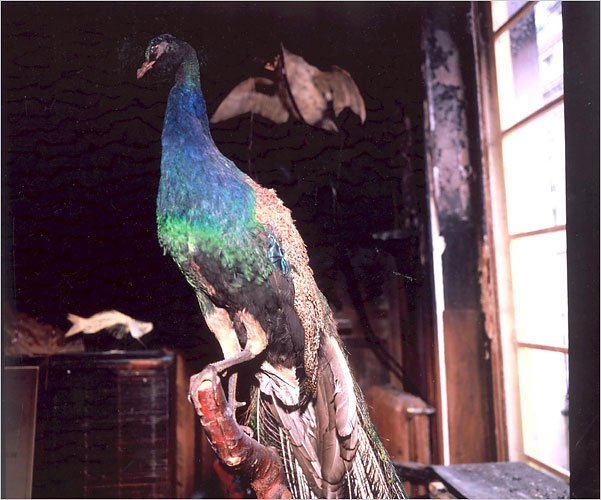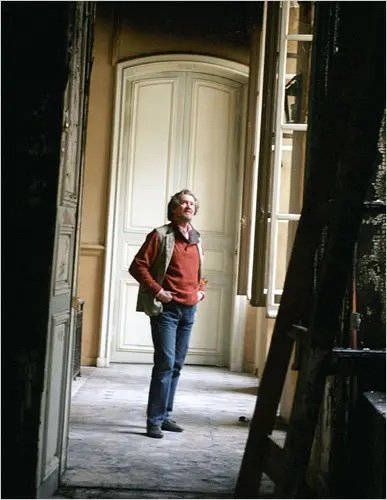Deyrolle et le Prince Jardinier
Originally posted in April 2014 at ObscureIngredients.com.
It's not hard to get me talking about Paris. As much as I sometimes wish I had edgier taste in European cities, I adore Paris above all others. I love the people, the buildings, the sounds, the energy, the food, the art and the language —though you'd never know that from the way I speak it. I never feel more alive anywhere than I do there, and every time I visit, I can't believe I don't just live there.
Since Jamie and I are fortunate enough to have been there several times, we've seen most of the more popular sites touristiques de Paris. So, over the years, we've bought some fun "Insider's Paris" sort of guide books. One of these led us to Deyrolle, which quickly became one of our favorite places to visit in Paris.
Le Magasin
I walked into this magical shop for the first time having no clue about its history. No matter— Deyrolle is simply enchanting. The sumptuous wood and glass cabinetry; the classic, laboratory-green walls; the hushed sighs of the clientele as they make their way through the displays; the occasional waft of science lab that mingles with the scent of wood polish and wax; and then, of course, the collection, in all its breadth and beauty—it's as close as I can imagine to visiting a 19th Century Wunderkammer.
Despite its connection to this antique tradition, it's no dusty relic—it's colorful, exquisitely designed and utterly contemporary. Unlikely as it seems, it tingles with Parisian design and fashion sensibilities, even as it stays faithful to its roots as a taxidermy shop, educational institution, gardening resource and naturalist supply house. I'm sure there are those who decry this; after all, there are dozens of fascinating merchants all over Paris who are more authentic to their roots, perhaps, who oversee businesses generations old, where one can imagine the shelves haven't been dusted, far less inventoried, since WWII. These less glamorous shops have preserved a historic purity, perhaps, that Deyrolle eschewed somewhat when its well-heeled owner pulled it into the 21st century. But personally, I love that they've managed to find a balance, and to preserve this treasure in a way that both honors its history and sees a clear place for it far into the future.
L'histoire
Jean-Baptiste Deyrolle opened his eponymous shop in 1831. A renowned entomologist, his mission was to create a space dedicated to the study of nature. To that end, he stocked his petit magasin with collection equipment, specimens and educational material for scientists and collectors alike. In the interest of zoological study, he provided taxidermy services as well.
The shop came of age in 1866, when Emile Deyrolle, Jean-Baptiste's grandson, took the reigns. His stewardship of the shop coincided with a European obsession with natural history and the collection specimens—an obsession that often led to tragic losses of species and habitat. The business flourished, however, and he eventually won a lucrative and devoted client: the French government. Deyrolle's pedagogical posters and publications became standard learning materials in schools across France. They're now part of France's cultural history, as generations of students learned, and are still learning, from these iconic posters. Translations into several languages followed, facilitating their export, and making Deyrolle a worldwide authority on science scholarship.
In 1888 Emile moved the store to its current location, and expanded the business into publishing books and selling lab equipment. Their taxidermy services continued to be in demand, both for educational purposes and for hunters. Deyrolle stayed in the family until 1978. From that point, it passed through several owners and saw a sad decline in upkeep and business. Photos from the 1980's reveal a dusty, neglected—though still fascinating—space, peeling paint and faded specimens giving the place the flavor of a forgotten museum, long past its prime. But help was soon to come.
Le Prince Jardinier
Enter Prince Louis Albert de Broglie, the Gardener Prince. (And you thought Charles was the only one.) A timely phone call led to his purchase of the historic, but by then quite run down, landmark.
De Broglie comes from a long line of French nobility, and, interestingly enough, like the Deyrolles, he has some serious science chops in his family. His title is only a courtesy title, of course, but his position and wealth are the real deal. Like others in his wealthy and influential family, rather than live a life of pointless luxury, he has dedicated himself to several important projects, the resurrection and continued preservation of Deyrolle being only one.
At Château de la Bourdaisière, his luxury hotel in the Loire Valley, he grows over 700 types of heirloom tomatoes, champions local agriculture, and preserves a tradition of sharing the produce of his orchard with the village families who originally planted it. Recently he's begun an experiment with which he hopes to answer an intriguing question: Can 50 families live off of the food produced on 1000 square meters (about 1/2 acre) of land? He is also well known around France for his high quality gardening tools—you can buy them online, or in a shop on the ground floor of Deyrolle.
Parisians, who consider Deyrolle a public treasure, had their misgivings. Undeterred, De Broglie spent the next several years bringing the shop back to its original glory and beyond. He remodeled the building, painted, restored the gorgeous old wood cabinets and trim, and, perhaps most importantly, he politicked with suppliers and collectors, eventually convincing them of his dedication to the restoration of this historic resource. With their help, de Broglie was able to restore old specimens, acquire new ones, and revitalize the displays. Deyrolle once again became an appropriately magnificent backdrop for its unsurpassed collection.*
The educational posters got a dusting off, and are now a popular item in the store's elegant, library-like shop. De Broglie oversaw a new line of posters that address climate change, preservation of the oceans, natural disasters and even waste management. Not only are they gorgeous as art, they're informative, and, as Emile Deyrolle himself believed, “an image is worth a thousand words as long as the information is rigorously accurate.”
L’incendie de 2008
De Broglie's tenure hasn't been entirely smooth, however. Faulty wiring caused a serious fire at Deyrolle early on February 1, 2008. Though no one was hurt, priceless collections were lost, and the building was heavily damaged. More than 90% of the entomological collection was destroyed, and many specimens from other parts of the shop were badly burnt, and then further compromised by water damage. De Broglie never considered closing, however. Instead, he recognized a useful, if heartbreaking metaphor, and set to work. From The New York Times:
When the fire first happened, it was a trauma for everybody and then I realized it was an expression of what I have always believed, which is if you lose everything one day and reconstruct the next day it is an example of how the wealth of the earth, its biodiversity, can disappear. And also it shows the immense solidarity and dedication of so many people, from companies, from individuals, who came to us to help.
Help didn't take long to arrive. Hermes reissued their famous Plumes scarf and donated the sale proceeds to the effort. The French government sent out word to collectors and small museums, looking for new specimens and traditional wood and glass display cases. New cabinetry was built and damaged pieces were restored. Artists who saw Deyrolle as an important influence donated their work, resulting in a successful auction, thanks to Christies. Nan Goldin,Yann Arthus-Bertrand, Laurent Bouchet (who also created this fabulous book) and William Curtis Rolf are just a few of the artists whose work was included.
L'Influence
Jean-Baptiste Deyrolle and his grandson Emile could never have imagine the place Deyrolle occupies in Parisian, and even international, culture. The taxidermy animals are used in photoshoots for the film and fashion industries. Woody Allen and Wes Anderson are both fans. Artists make them their subjects. Salvador Dalí, André Breton, Jean Dubuffet and Robert Doisneau all found inspiration there. Architect and artist Thierry Despont harks back to visits he made to Deyrolle as a child—can you see the influence?
Commerce meets art in this wonderful video, shot at Deyrolle, and featuring the work of artist Billie Achilleos and raw material by Louis Vuitton: Billie Achilleos' Leather Goods Animals
Despite all of this, Deyrolle doesn't make it to the top of most must-see lists for Paris. This is a shame. How many people waste three or four hours waiting to climb the Eiffel Tower, or in line to see a single painting at the Louvre, when they could be knocking about Paris seeing less showy treasures like Deyrolle? Go find out why Parisians love this place enough to bring it back, twice.
* All taxidermy at Deyrolle is performed with strict adherence with the Washington Convention on international trade. From the Deyrolle in English website:
The animals come from Deyrolle’s vintage collection or have been recently mounted by well known taxidermists using animals sourced from zoological reserves, circuses or captive-bred birds. The Washington convention regulates international animal trade and provides guidelines for our choices in order not to endanger the survival of any species.
Sources:*
Deyrolle - official site
Louis Albert de Broglie, the Gardener Prince - Wall Street Journal
Animal House - Vanity Fair
From Ashes, Reviving a Place of Wild Dreams, and Rescuing Deyrolle, a Beloved Parisian Shop - The New York Times
Deyrolle: Animal Kingdom - via Mad About Paris
Featured image via Keep Feeling Fascination
Other photos: Deyrolle Facebook page , Vanity Fair and The New York Times (linked above)
More photos from the fire: Touché par le Feu
Other photos: Sandrine de Nicolaÿ, Martin d'Orgeval
More about Château de la Bourdaisière
*Since the original publishing date in 2014, some of the links I included are no longer working. Where possible, I’ve tracked down new ones, but you know how the internet is.
